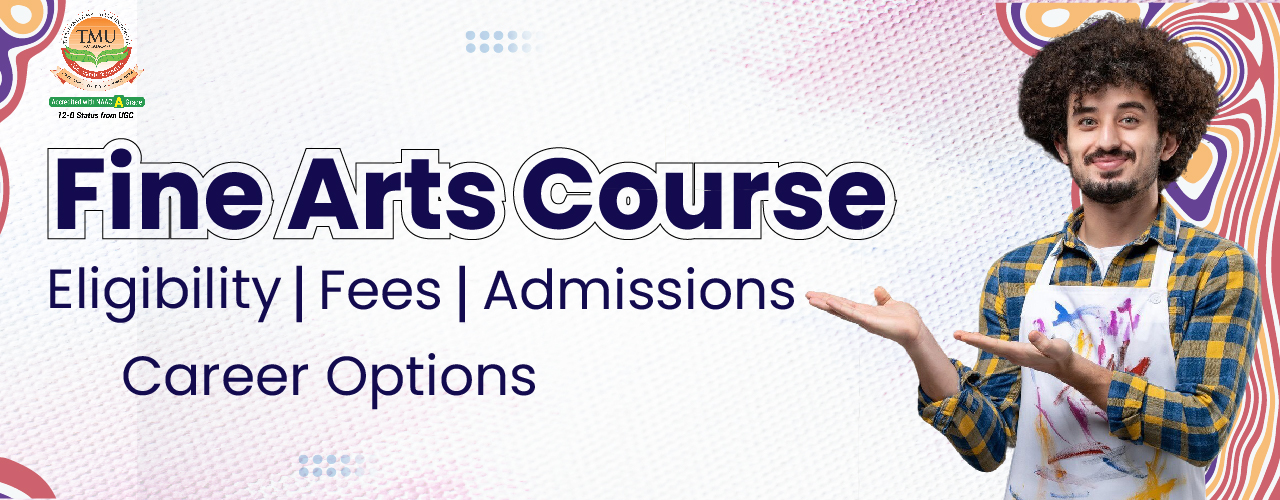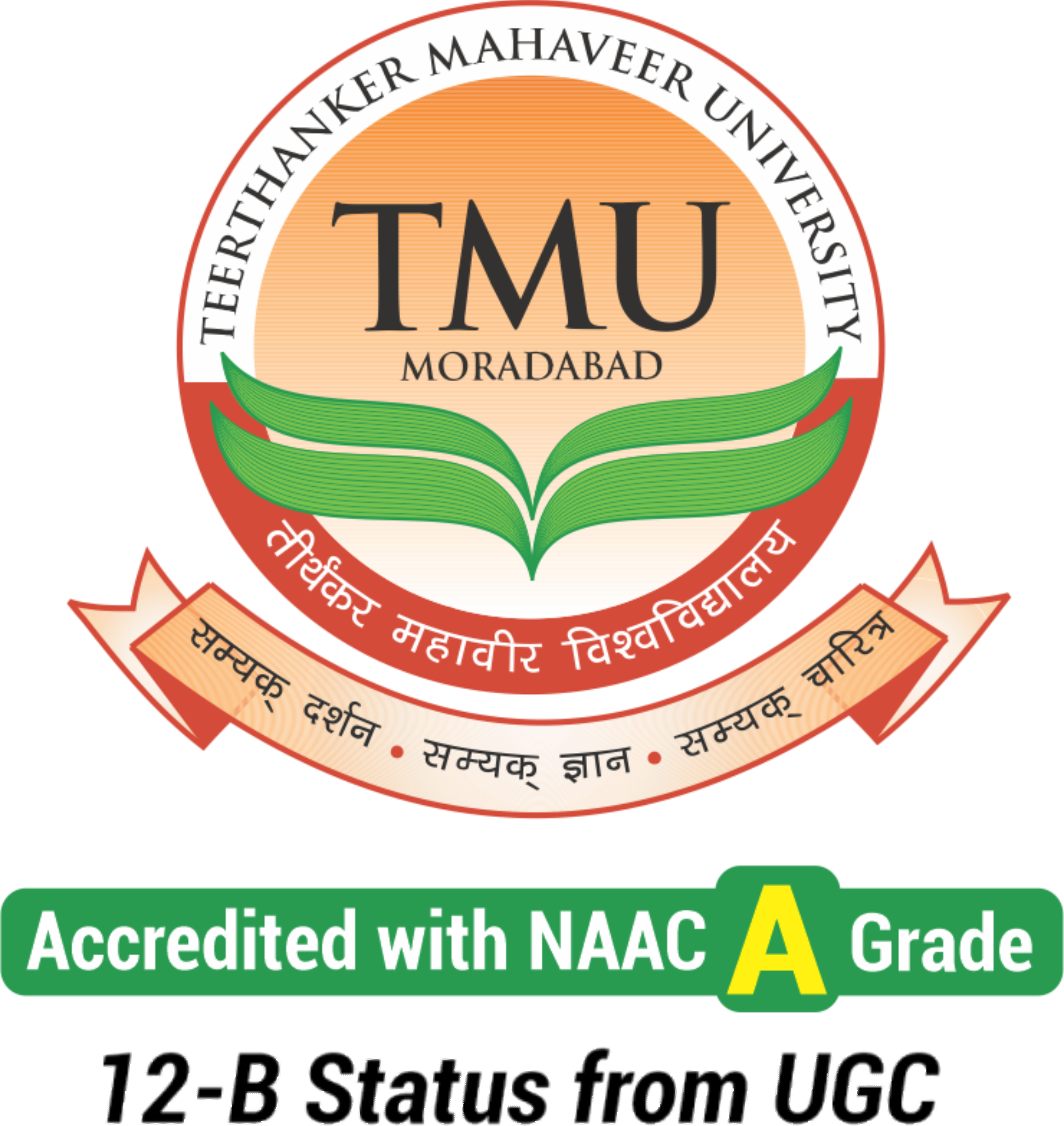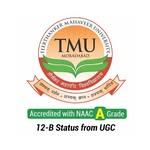Fine Arts Course: Eligibility, Fees, Admission, and Career Options
Table of Contents
Fine arts is more than just painting or drawing—it’s an expression of imagination, creativity, and emotions. When you choose fine arts as a career, you’re stepping into a world where ideas transform into meaningful artworks. Fine arts includes traditional painting and sculpture, as well as modern graphic design and digital art. It gives students a chance to create a career that blends their passion with their work.
Today, fine arts has gained popularity not just as a hobby but as a serious career choice. With industries like animation, media, advertising, fashion, and film growing rapidly, the demand for creative professionals has reached new heights.
A fine arts course is the starting point for anyone who wants to develop their artistic talent into a rewarding career.
Before joining this course, students need to know important details. These include eligibility, the admission process, fees, specialisations, and career options. This guide will cover everything you need to know about fine arts courses and how they can shape your future.
Types of Fine Arts Courses
Fine Arts courses are offered at multiple levels, from certificate programs to postgraduate degrees. Depending on your interests, skills, and career goals, you can choose from the following:
Undergraduate Courses (BFA, BA in Fine Arts)
- Duration: 3–4 years
- Popular options: Bachelor of Fine Arts (BFA), BA in Fine Arts
- Focus: Introduction to art history, drawing, painting, sculpture, applied arts, etc.
- Best suited for: Students who want to build a strong foundation in art and design.
Postgraduate Courses (MFA, MA in Fine Arts)
- Duration: 2 years
- Popular options: Master of Fine Arts (MFA), MA Fine Arts
- Focus: Specialisation in one area such as painting, applied arts, or graphic design.
- Best suited for: Students who want to enhance their skills or pursue academic/teaching roles.
Diploma and Certificate Courses
- Duration: 6 months to 2 years
- Popular options: Diploma in Fine Arts, Certificate in Applied Arts, Short-term courses in Digital Arts
- Focus: Practical knowledge and hands-on training in specific areas of art.
- Best suited for: Beginners, hobby learners, or working professionals who want to upgrade skills quickly.
These courses provide various career opportunities. A full-time degree is often needed for academic and professional jobs. A diploma or certificate is better for short-term skill development.
Teerthanker Mahaveer University
Apply for Admission
Click Here To Apply for Admission
Eligibility Criteria for Fine Arts Courses
Before applying for fine arts courses, students must meet certain eligibility requirements.
Eligibility for Undergraduate Courses
- Students must complete Class 12 (10+2) from a recognised board.
- Minimum marks: 50% (varies by college).
- Some colleges conduct entrance exams and require a portfolio of artworks.
Eligibility for Postgraduate Courses
- A bachelor’s degree in fine arts or a related field is required.
- Minimum marks: 50% (relaxed for reserved categories).
- Entrance tests and portfolio submissions are mandatory in most reputable colleges.
Eligibility for Diploma/Certificate Courses
- Open to students after Class 10 or 12.
- No strict percentage requirement.
- Some institutes allow working professionals with creative backgrounds to enrol.
In short, fine arts is a very accessible creative field. It values talent, passion, and creativity, as well as academic qualifications.
Admission Process for Fine Arts Courses
Admission into fine arts courses usually happens in two ways:
Entrance Exams and Portfolio Requirements
Many reputed institutions conduct entrance tests to assess creativity, imagination, and technical skills. Students may also have to submit a portfolio—a collection of their best artworks—that shows their artistic abilities.
Direct Admissions (Merit-Based)
Some colleges grant admission based on Class 12 or graduation marks. Students with outstanding portfolios often get preference even without entrance exams.
Popular Entrance Exams for Fine Arts
- DUET (Delhi University Entrance Test)
- BHU UET (Banaras Hindu University Undergraduate Entrance Test)
- JJ School of Art Entrance Exam
- National Entrance Screening Test for Art Schools
Admissions generally take place between April and August, depending on the institution. Preparing a strong portfolio, practising sketching, and learning art basics can significantly improve your selection chances.
Course Fees for Fine Arts Programs
Fees for fine arts courses vary widely based on the type of institution and level of study.
Government Colleges Fee Structure
- Bachelor’s degree: ₹10,000 – ₹50,000 per year
- Master’s degree: ₹20,000 – ₹60,000 per year
- Diploma/Certificate: ₹5,000–₹25,000
Government colleges are affordable and ideal for students looking for quality education at a low cost.
Private Colleges' Fee Structure
- Bachelor’s degree: ₹1,00,000 – ₹3,00,000 per year
- Master’s degree: ₹1,50,000 – ₹4,00,000 per year
- Diploma/Certificate: ₹50,000 – ₹1,50,000
Private colleges usually offer better infrastructure, industry exposure, and placements but are comparatively expensive.
Scholarships and Financial Aid
- Government scholarships for economically weaker sections
- College-specific scholarships for meritorious students
- Private NGO and trust-based financial assistance
This makes fine arts courses accessible to students from all financial backgrounds.
Specialisations in Fine Arts
One of the best parts about pursuing fine arts is the wide range of specialisations it offers. Instead of sticking to just one field, students can choose a path that matches their passion and career goals. Let’s look at the most popular options:
Painting
Painting is one of the oldest and most respected forms of fine art. It focuses on different styles, like oil paintings, watercolours, acrylics, and contemporary techniques. Students learn how to bring ideas to life on canvas, experiment with colours, and build a unique style. Career opportunities include becoming an independent painter, working in art galleries, or even collaborating with interior designers.
Sculpture
Sculpture deals with creating three-dimensional art using materials like clay, wood, stone, or metal. It requires a mix of creativity and craftsmanship. Sculptors often work on public projects, museum installations, or even modern home décor. With the growing demand for customised artwork, sculptors are finding new business opportunities.
Applied Arts
Applied Arts is where creativity meets functionality. It focuses on art that has practical applications in advertising, packaging, product design, and print media. Students who specialise in applied arts often obtain jobs at marketing agencies, publishing houses, and media companies.
Graphic Designing
In today's digital world, graphic design is a very popular field. It mixes art and technology to share ideas visually. Graphic designers create logos, posters, websites, and animations. They are important for branding and digital media. This field also provides chances to freelance with clients from around the world.
Photography and Digital Arts
Photography and digital arts involve capturing and editing images for personal, commercial, or artistic reasons. With social media and online shopping growing, the need for professional photographers and digital artists is very high. Careers in this field include fashion photography, advertising, event photography, and digital marketing.
By choosing a specialisation carefully, students can focus on what they love. This helps them build skills that make them unique in the creative industry.
Top Colleges for Fine Arts in Uttar Pradesh
| University / Institution | City | Type | Programs Offered |
| Teerthanker Mahaveer University (TMU) – College of Fine Arts | Moradabad | Private | Undergraduate and postgraduate programs in Fine Arts, including BFA & MFA |
| Faculty of Fine Arts, University of Lucknow (College of Arts and Crafts) | Lucknow | Public | BVA/BFA (Painting, Applied Art, Sculpture), Textile Design, Indian Traditional Sculpture; MVA in Painting, Applied Art, Sculpture; diplomas |
| Amity School of Fine Arts (Amity University) | Noida | Private | BFA and MFA programs |
| Mahatma Gandhi Kashi Vidyapith (Faculty of Fine Arts) | Varanasi | Public | BFA programs |
| CCSU – Choudhary Charan Singh University (Fine Arts) | Meerut | Public | BFA Fine Arts (3-year program), fee range ₹1.8L–₹1.28L |
| CSJMU – Chhatrapati Shahu Ji Maharaj University (Fine Arts) | Kanpur | Public | BFA Fine Arts (3-year), fee ₹11K–₹3.35L |
| International Institute of Fine Arts | Modinagar | Private | BFA Applied Art programs |
Skills Required to Excel in Fine Arts
Talent alone is not enough to succeed in the fine arts. Students need to develop certain skills that help them stand out.
Creativity and Imagination
Fine Arts is all about creating something unique. Having a vivid imagination and the ability to think creatively is crucial. Whether it’s painting, sculpture, or digital design, creativity helps an artist develop their signature style.
Observation Skills
Artists must pay attention to detail. Keen observation allows them to capture emotions, perspectives, and realistic elements in their work. It also helps in understanding client requirements in applied arts or design fields.
Patience and consistency
Art is not created overnight. It takes hours of practice and dedication to achieve mastery. Students must develop patience to work on projects repeatedly until they are perfect.
Technical Knowledge
In modern times, fine arts also involves using digital tools, software, and design applications. Knowledge of programs like Adobe Photoshop, Illustrator, and 3D modelling software is an added advantage.
Communication Skills
Artists often need to explain their vision, interact with clients, and showcase their work. Good communication helps them market themselves better.
By mastering these skills, students improve their art. They also become more employable and successful in the creative industry.
Career Options after Fine Arts Course
Fine Arts is not limited to becoming a painter or sculptor. In fact, it offers a wide range of career opportunities across industries.
Jobs in Creative Industries
- Advertising Agencies – designing posters, branding material, and campaigns.
- Film and Television – working as set designers, storyboard artists, or visual directors.
- Publishing Houses – illustrating books, covers, and magazines.
- Fashion Industry – fashion illustration, textile design, and visual merchandising.
Freelancing Opportunities
Many fine arts professionals prefer freelancing, as it gives them creative freedom and global exposure. Freelancers can work as:
- Graphic designers
- Illustrators
- Photographers
- Independent artists are selling their artwork online.
Freelancing also allows artists to earn in foreign currency through platforms like Upwork, Fiverr, and Behance.
Teaching and Academics
Those with advanced degrees (MFA/Ph.D.) can enter academics as professors or lecturers. Teaching at universities, art schools, and online platforms can provide both financial stability and creative satisfaction.
Working Abroad
Fine Arts graduates often find opportunities abroad in animation studios, media houses, and international galleries. Countries like the USA, UK, Canada, and Italy value skilled artists highly.
The scope is massive, and with the right portfolio, students can explore careers beyond traditional roles.
Salary and scope in the fine arts
Salary in fine arts depends on skills, experience, and areas of specialisation. While beginners might start small, growth opportunities are impressive.
Salary in Government Jobs
Government colleges, cultural organisations, and museums hire fine arts graduates to work as art teachers, curators, and designers. Average salaries range from ₹25,000 to ₹50,000 per month for freshers.
Salary in Private Sector
Private advertising firms, media houses, and fashion companies pay higher salaries. Freshers can expect ₹3–6 lakhs per year, and with experience, it can go beyond ₹10–15 lakhs annually.
Growth in freelancers and businesses
Freelancers and independent artists have unlimited earning potential. A successful artist selling paintings or digital artwork can make ₹1 lakh to ₹5 lakhs per project, depending on demand.
With globalisation and online platforms, Indian artists now have access to international clients who pay much higher rates.
Challenges in a Fine Arts Career
While a career in fine arts sounds exciting, it also comes with its fair share of challenges. Knowing these obstacles helps students prepare better and stay motivated.
Competition and Recognition
The biggest challenge in this field is competition. Thousands of talented artists graduate every year, and making your work stand out can be tough. Recognition doesn’t come overnight—it requires consistency, networking, and a unique artistic voice.
Financial Stability in Early Years
Unlike corporate jobs where salaries are fixed, earnings in fine arts often depend on projects, commissions, or exhibitions. In the initial years, many artists struggle to make a steady income. Freelancers may go months without work, making financial management an important skill.
Need for Continuous Learning
Art trends change constantly. Multimedia platforms, AI tools, and digital art have completely changed how people consume art. Artists need to keep learning new tools, techniques, and technologies to stay relevant. Without upgrading skills, it’s simple to get left behind.
Balancing Passion and Commercial Work
Sometimes, artists have to create what clients want rather than what they personally enjoy. This can feel restrictive, but it’s necessary for financial growth. Finding the balance between passion projects and commercial work is key to long-term success.
Many artists succeed despite these challenges. They do this by diversifying their income, building strong networks, and using online platforms to show their work.
Future of Fine Arts in India and Abroad
Fine Arts is no longer limited to traditional painting and sculpture. With the rise of digital media, its scope has expanded globally. Let’s look at how the future looks bright for fine arts graduates:
Rise of Digital Art and Multimedia
Digital art, 3D modelling, animation, and non-fungible tokens (NFTs) have created new opportunities for artists. Platforms like Instagram, YouTube, and Behance allow artists to reach audiences worldwide without physical exhibitions.
Global Demand for Artists
Countries like the USA, UK, Canada, and Italy have thriving art markets. International art galleries, animation studios, and design agencies hire skilled professionals from India because of their creativity and affordability.
Emerging Opportunities
- Art Therapy – using art for mental health and healing.
- Gaming Industry – character design, environment design, and concept art.
- E-commerce – product photography, visual design, and branding.
- Cultural Tourism —Artists are employed for heritage projects, museums, and tourism initiatives.
In India, the government is also promoting art and culture through initiatives like festivals, exhibitions, and funding programs. This makes the future of fine arts very promising both nationally and internationally.
Tips for Students Aspiring for Fine Arts
If you’re dreaming of a successful career in fine arts, here are some practical tips to guide you:
Building a Strong Portfolio
Your portfolio is your biggest asset. It should showcase your best work across different mediums and styles. Start building it early and keep updating it with new projects, assignments, and personal artworks.
Networking with Professionals
Attend art exhibitions, workshops, and seminars to meet established artists and industry experts. Networking helps you find mentors, job opportunities, and collaborations. Even social media platforms like LinkedIn and Instagram are powerful tools for networking today.
Exploring Internships and Projects
Work with design agencies, advertising firms, or galleries as an intern. Real-world experience helps you understand client demands and builds your resume. Even small freelance projects can add weight to your profile.
Stay Updated with Trends
Follow international art trends, explore digital art platforms, and experiment with modern techniques. Being updated gives you a competitive edge.
Practice Daily
Art is a skill that improves with practice. Dedicate time every day to sketching, painting, or experimenting with digital tools. The more you practise, the better your confidence and creativity will grow.
By following these tips, students can stay ahead of the curve and create a rewarding career in fine arts.
Comparison of Fine Arts with Other Creative Courses
Many students get confused between fine arts, design, performing arts, and architecture. Let’s break down the differences to make it clearer.
Fine Arts vs. Performing Arts
- Fine Arts – Focuses on visual creativity, like painting, sculpture, and graphic design.
- Performing Arts —deals with performing activities like dance, drama, and music.
Both are creative, but fine arts is more about visuals, while performing arts is about performance.
Fine Arts vs. Design Courses
- Fine Arts – Emphasises imagination, emotions, and self-expression.
- Design Courses (like Fashion or Product design): Focus more on functionality, trends, and client needs.
If you want artistic freedom, Fine Arts is ideal. If you want industry-orientated roles, design courses may be better.
Fine Arts vs. Architecture
- Fine Arts – Involves creative expressions through paintings, graphics, and sculptures.
- Architecture is a blend of creativity and engineering, with a focus on building structures.
While both require imagination, architecture has stricter technical guidelines.
In short, fine arts is ideal for those who want to express themselves through visual creativity. Other creative courses are more structured and focused on industry needs.
Conclusion
A fine arts course is not only about learning to draw or paint. It is also about building a creative vision and turning your passion into a career. Fine arts includes painting, sculpture, digital design, and multimedia. It offers many chances for students who are creative and dedicated.
With the right education, portfolio, and skills, students can explore many career options. These include graphic design, teaching, freelancing, and working abroad. While there are challenges like competition and money issues, the future of fine arts looks bright. This is especially true with new digital and global opportunities.
If you love art and creativity, Fine Arts is more than a course. It’s a lifelong journey of self-expression and success.
FAQs
Q1. What is the duration of a fine arts course?
Ans: Most undergraduate courses like BFA take 4 years, while postgraduate courses like MFA take 2 years. Diploma and certificate courses range from 6 months to 2 years.
Q2. Do I need to be good at drawing to join Fine Arts?
Ans: While basic drawing skills help, fine arts covers much more—like photography, digital art, and applied arts. With practice, anyone can improve their skills.
Q3. Can fine arts students get government jobs?
Ans: Yes. Fine Arts graduates can apply for government jobs as art teachers, museum curators, or cultural officers. They are also eligible for UPSC and state-level exams.
Q4. Is Fine Arts a viable career choice in India?
Ans: Absolutely. With industries like animation, advertising, gaming, and digital media booming, the demand for creative professionals is high.
Q5. How much can I earn after completing a Fine Arts degree?
Ans: Freshers earn between ₹3–6 lakhs per year, depending on their role. Freelancers and independent artists can earn much more based on projects and global clients.















